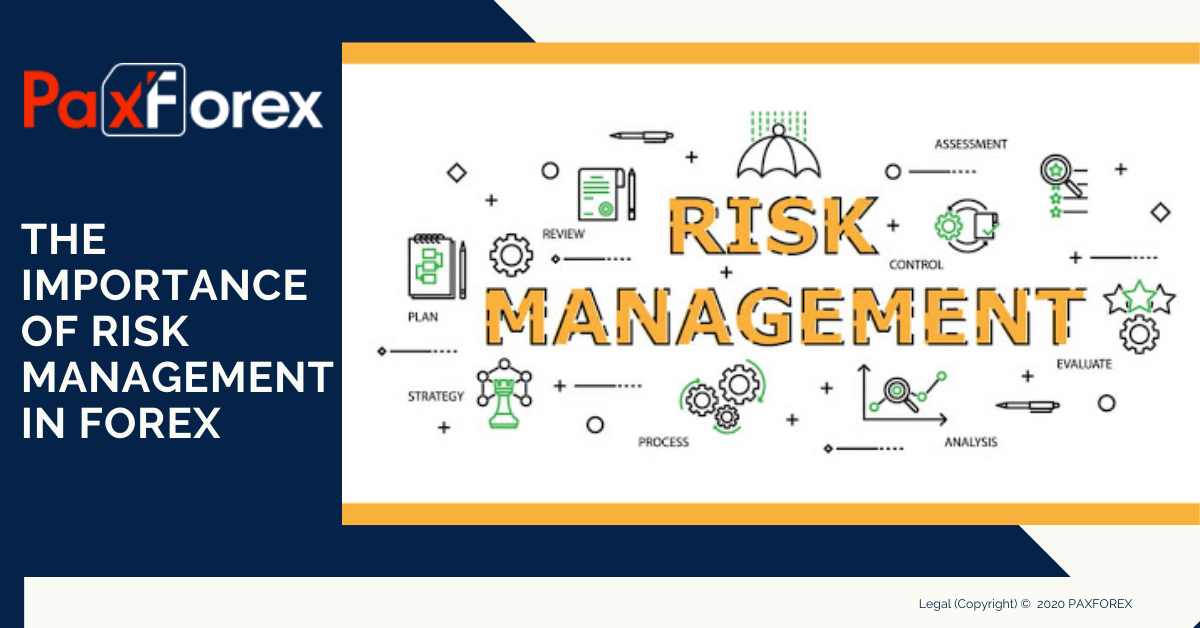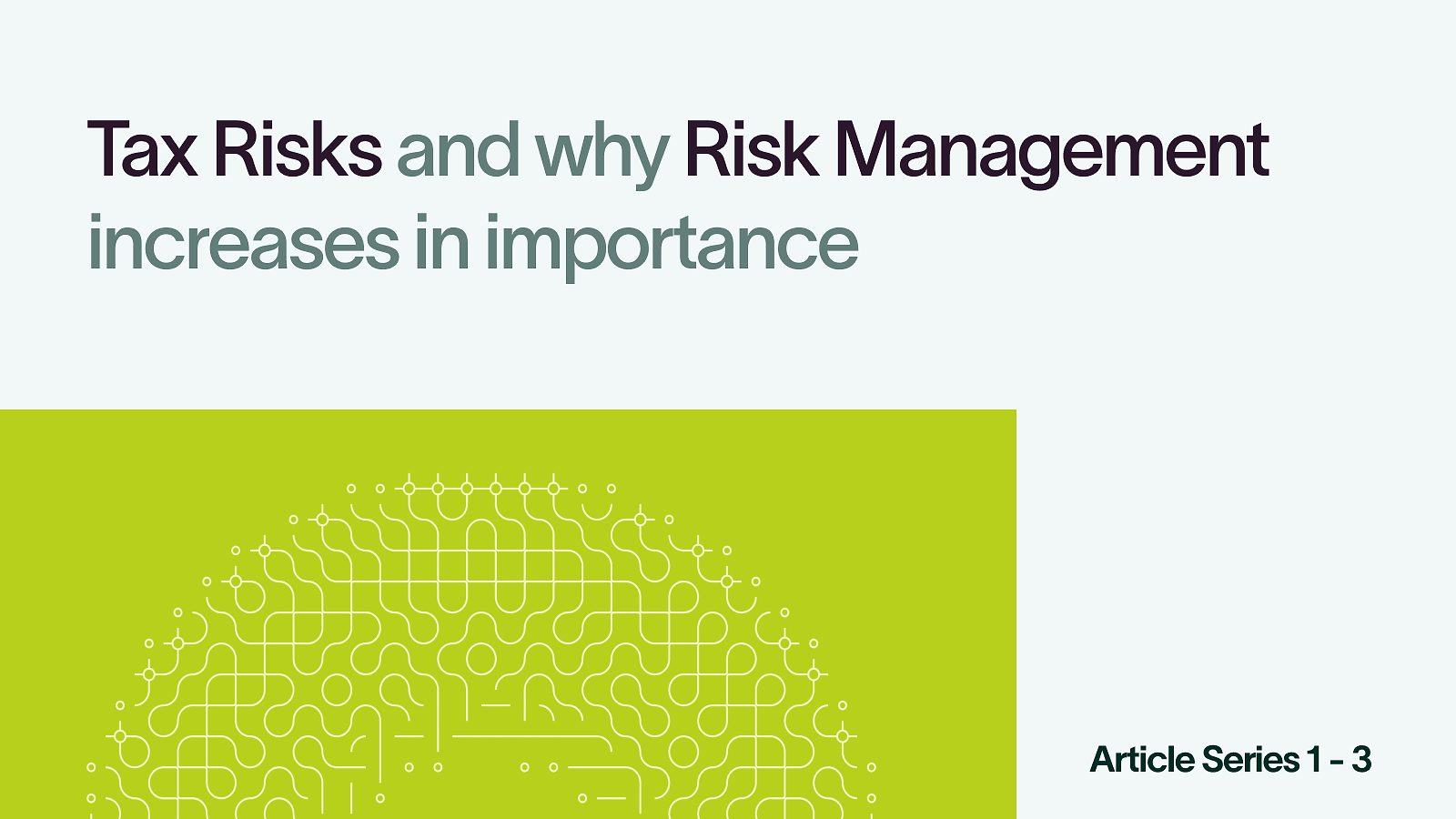Exploring the Increasing Importance of Risk Management in Organizational Strategy
Exploring the Increasing Importance of Risk Management in Organizational Strategy
Blog Article
The Significance of Recognizing the Significance of Risk Management in Different Industries
The Core Idea of Risk Management and Its Purpose
Risk Management, the cornerstone of several sectors, hinges on the identification, evaluation, and reduction of unpredictabilities in a business atmosphere. By correctly identifying possible risks, services can create approaches to either prevent these threats from happening or reduce their impact. When risks have been determined and evaluated, the mitigation process includes developing strategies to lower their prospective effect.
Benefits of Applying Risk Management in Company Workflow

Revealing the Duty of Risk Management in Different Industries
While every industry faces its unique collection of risks, the execution of Risk Management strategies continues to be a typical in their search of sustainability and growth. In the medical care sector, Risk Management entails guaranteeing client safety and information security, while in financing, it includes mitigating investment dangers and making sure regulative compliance (importance of risk management). Building and construction business concentrate on employee safety, project delays, and spending plan overruns. In the modern technology industry, business mitigate cybersecurity dangers and modern technology obsolescence. Ultimately, the function of Risk Management across industries is to determine, examine, and minimize dangers. It is an important element of tactical planning, enabling organizations to safeguard their assets, go to my site maximize opportunities, and achieve their objectives.
Real-life Study Showing Effective Risk Management
To recognize the significance of Risk Management in these several sectors, one can look to numerous real-life instances that show the successful application of these actions. Toyota, publish the 2011 earthquake in Japan, changed its supply chain Management to reduce disturbance dangers. These instances show how industries, learning from dilemmas, successfully used Risk Management techniques to reduce future dangers.
Future Trends and Advancements in Risk Management Methods
As the globe remains to evolve, so as well do the trends and growths in Risk Management approaches. Quick advancements in innovation and data analytics Extra resources are reshaping the Risk landscape. Big data and AI are now instrumental in predicting and reducing dangers. Organizations are leveraging these tools to build predictive models and make data-driven decisions. Cybersecurity, once an outer problem, has actually catapulted to the center of Risk Management, with strategies concentrating on reaction, detection, and avoidance. The integration of ESG (Environmental, Social, Governance) factors into Risk Management is an additional growing pattern, mirroring the boosting recognition of the function that environmental and social threats play in organization sustainability. Hence, the future of Risk Management exists in the combination of advanced innovation, innovative approaches, and an alternative approach.
Conclusion
In conclusion, understanding the relevance of Risk Management throughout a spectrum of markets is vital for their longevity and success. Tailored techniques can assist minimize possible risks, protect possessions, and foster stakeholder trust fund. Additionally, positive decision-making help in governing compliance and maximizes source usage. Ultimately, successful Risk Management adds to more lasting and resistant companies, highlighting the value of this practice in today's vibrant and highly competitive business setting.
While every sector faces its unique collection of dangers, the application of Risk Management strategies continues to Learn More Here be a common denominator in their search of sustainability and development. In the medical care industry, Risk Management entails making certain person safety and information protection, while in finance, it includes mitigating investment risks and making certain governing compliance. Inevitably, the role of Risk Management across markets is to identify, examine, and minimize risks. These instances show how markets, learning from situations, properly applied Risk Management techniques to minimize future threats.

Report this page